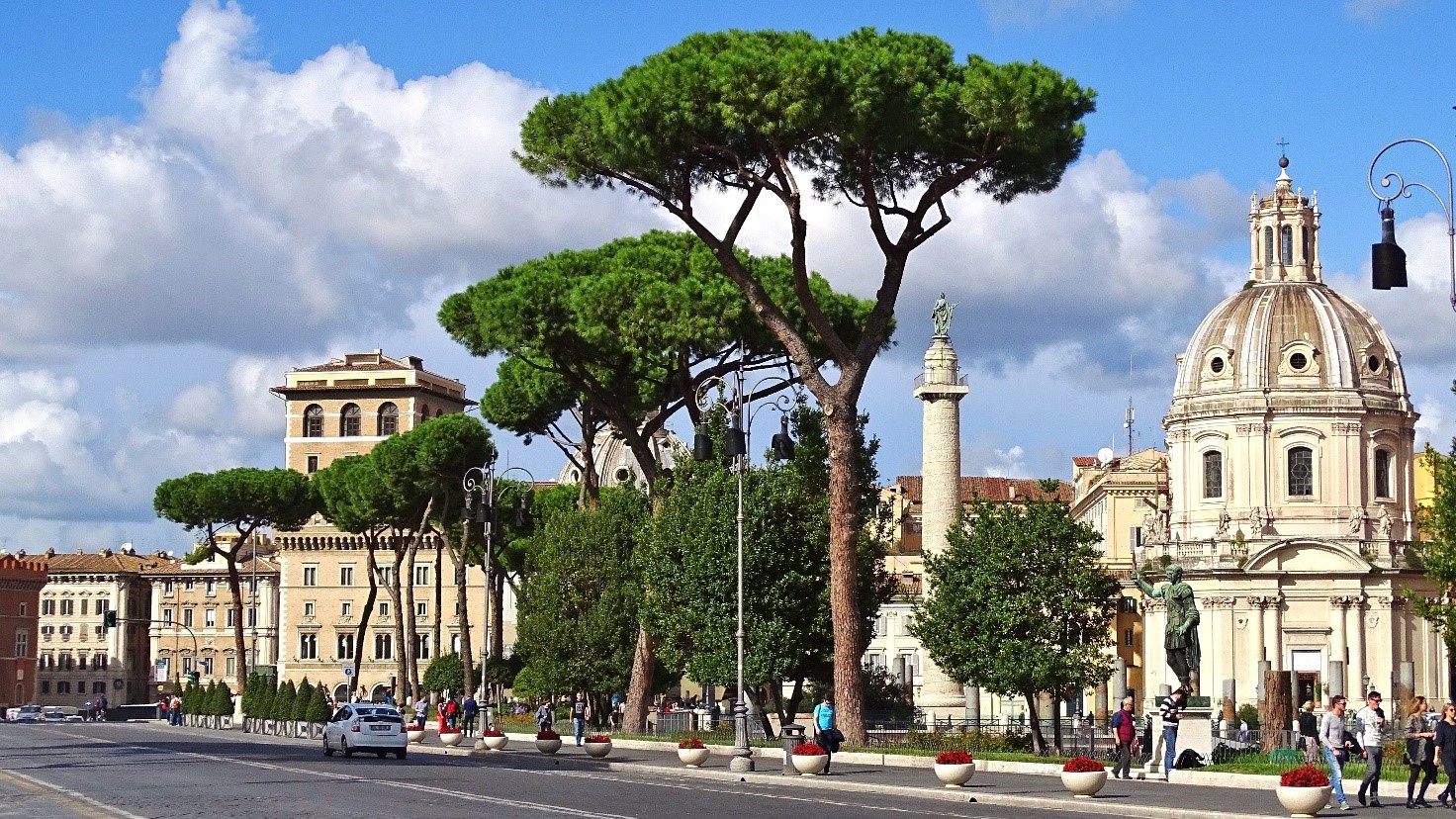Organizing a Rome tour with a guide can be quite complicated because the Eternal City offers such a vast artistic, historical, and cultural heritage that it is hard to make a selection. Every year, especially in summer, millions of tourists from all over the world visit the Capital. If you just take a walk through the streets of the historic center, among the
clubs, restaurants, and open-air works of art, you’ll hear people around speaking all the languages of the world. So, how can tourists organize a guided tour of Rome?
Index
Rome tours with a guide: best planning
Rome is world-famous for the art, history, and culture that it has preserved over the millennia since its foundation. In this open-air museum, you can take a stroll through centuries of history. The Roman Empire, the Middle Ages, the Renaissance, Humanism, the Enlightenment, Romanticism, Neoclassicism, and so on. All these epochs and artistic currents have found their place in the magnificent setting of the Eternal City, overlapping and exalting each other in a breathtaking combination. Add to this a mild climate and excellent cuisine, and it will result easy to understand why Rome is one of the
most visited cities in the world.
To best fit the main wonders of this unique and millenary city into a tour, Welcome Association Italy proposes a small guide to the five unmissable stops. In this article, we would like
to point out the “must see” for foreigners in the city.
1. Vatican City
Just under 3 million people live in Rome, making it the third most populated city in Europe. In addition, the Eternal City holds two European records:
- the largest municipality in the European Union
- the European municipality with the widest green areas.
In addition to these statistical firsts, the Capital of Italy also holds another exceptionalism, that is the Vatican City. It is a real sovereign state, the smallest and least populated in the world. Despite its size, however, the Vatican truly is an artistic, historical, and spiritual jewel, being the
earthly seat of Christianity.
St. Peter’s Basilica
The magnificent St. Peter’s Basilica, the beating heart of Christianity, is filled with universally recognized masterpieces from every era and artistic style. It is a veritable open-air museum.
St. Peter’s Square, the Basilica, and the Vatican Museums represent a historical and cultural heritage unequaled anywhere in the world. Its positioning on the guided tour of Rome is essential.
2. The Colosseum
The world-famous Flavian Amphitheatre is one of the most impressive man-made structures of the classical era. It stands alone in the setting of the Imperial Forum and is a stone’s throw from one of Rome’s most characteristic and cosmopolitan neighborhoods, Quartiere Monti. These factors partly explain how the Colosseum manages to attract millions of visitors on an annual basis. Today, two thousand years after its construction (70 A.D.), the world’s largest amphitheater continues to watch over the Eternal City as a symbol of past greatness.
3. The Pantheon
Walking through the historic center of the “Urbe”, among the narrow streets adjacent to Piazza Navona full of fountains and obelisks, we find another imposing classical structure. It is an architectural masterpiece from Roman times, the Pantheon. It is a building constructed in 25 B.C. whose Greek name translates as “the temple of all gods”. With an area of 2000 square meters and a height of 46 meters, the Pantheon represents one of the best-preserved temples of antiquity. Historically, this church, in which services are still held today, has inspired many artists. Among them, is the famous Renaissance artist Raphael, who chose the Pantheon as his tomb.
4. Trevi Fountain
Among the many names of the Eternal City, there is a little-known one. It is “Regina Aquarum”, literally the queen of waters. Rome owes much of its development to the Tevere, the river that flows through it, but the title “Queen of Waters” is not due to the watercourse. The appellation hinges on the empire’s ability to build aqueducts and fountains. The most famous fountain is the fourth stop on this guided tour of Rome: the Trevi Fountain. A marvel worthy of being celebrated in Fellini’s indelible films. It has to be flagged in your guided tour of Rome.
5. Spanish Steps
The last stop on the guided tour of Rome involves a staircase, one of the most famous staircases in the world. We are talking about the Spanish Square and the Spanish Steps of Trinità del Monti. The square takes its name from the famous Palazzo di Spagna, the seat of the Spanish embassy in the 17th century. Descending the magnificent staircase, one encounters another famous fountain, this time the Fontana della Barcaccia, a masterpiece by Gian Lorenzo Bernini. Fun fact: seen from above, the magnificent square is shaped like a butterfly with triangular wings, another unicum that the Eternal City hides in plain sight.



Lascia un commento
Comments